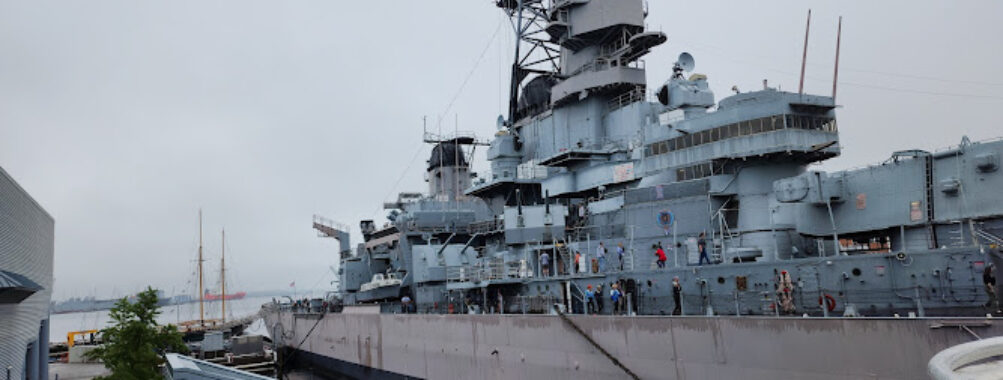
Hampton Roads Naval Museum
Table of Contents
Description
The Hampton Roads Naval Museum brings American maritime history to life through an impressive collection spanning over two centuries of naval heritage. I’ve always been fascinated by military history, and this museum genuinely delivers an engaging experience that’ll keep you absorbed for hours. The exhibits showcase everything from detailed ship models to authentic artifacts that tell the compelling story of the U.S. Navy’s presence in Hampton Roads.
Walking through the museum, you’ll discover fascinating displays about the Civil War’s famous Battle of Hampton Roads, World War II naval operations, and modern-day fleet activities. What caught my attention during my visits was how well they’ve balanced technical naval information with personal stories of sailors and officers who served here.
Key Features
• Extensive collection of meticulously crafted ship models representing various eras of naval history
• Interactive exhibits that let you experience what life was like aboard historic vessels
• Compelling Civil War section featuring artifacts from the USS Monitor and CSS Virginia
• World War II exhibits showcasing the region’s crucial role during the conflict
• Cold War and modern naval warfare displays with authentic equipment and uniforms
• Educational programs and guided tours led by knowledgeable staff
• Rotating special exhibitions that explore different aspects of naval history
• Free admission (honestly, a remarkable value for the experience)
• Kid-friendly hands-on activities and learning stations
• Well-curated gift shop with unique naval memorabilia and books
Best Time to Visit
I’ve found weekday mornings are ideal for exploring the museum, especially if you’re hoping to avoid crowds. The space tends to be quieter then, giving you more time to read through the fascinating exhibit details and chat with the incredibly knowledgeable docents – many of whom are retired naval personnel with amazing stories to share.
During summer months, the museum can get busy with tourist groups and families, particularly between 11 AM and 2 PM. If you’re visiting during peak season, try arriving right when they open or later in the afternoon. Winter months offer a more relaxed atmosphere, and you’ll have more breathing room to explore at your own pace.
How to Get There
The Hampton Roads Naval Museum sits inside Nauticus, the maritime center in downtown Norfolk. If you’re driving, you’ll find plenty of parking options nearby. I usually park in the attached garage – it’s super convenient and reasonably priced.
For those using public transportation, Hampton Roads Transit (HRT) operates several bus routes that stop within walking distance of the museum. The TIDE light rail system also has a convenient stop nearby at MacArthur Square station.
Tips for Visiting
Listen, I’ve been here multiple times and learned a few tricks along the way. First off, plan to spend at least 2-3 hours exploring – there’s way more to see than you might expect. The museum offers free guided tours at specific times throughout the day, and trust me, they’re worth timing your visit around. These tours really bring the exhibits to life with fascinating details you might miss otherwise.
Bring your camera! The ship models are incredibly detailed, and there are plenty of photo-worthy displays. But remember, flash photography isn’t allowed in certain areas to protect the artifacts.
If you’re bringing kids (and you should – they’ll love it), grab a scavenger hunt sheet from the front desk. It’s a fun way to keep them engaged while learning about naval history. The hands-on exhibits are usually a big hit with younger visitors.
Don’t skip the gift shop – they’ve got some really unique naval-themed items that you won’t find elsewhere. And hey, if you get hungry during your visit, there’s a café on-site with decent options for a quick bite.
Pro tip: some of the most interesting stories come from chatting with the volunteer docents. Many are veterans who’ve served in the Navy and have incredible firsthand experiences to share. Just the other day, I spent half an hour talking with a former submariner who had amazing stories about life underwater during the Cold War.
Oh, and one last thing – the museum can get chilly (like most museums), so maybe bring a light jacket, even in summer. You’ll thank me later!
Location
Find and Book a Tour
Explore More Travel Guides
No reviews found! Be the first to review!